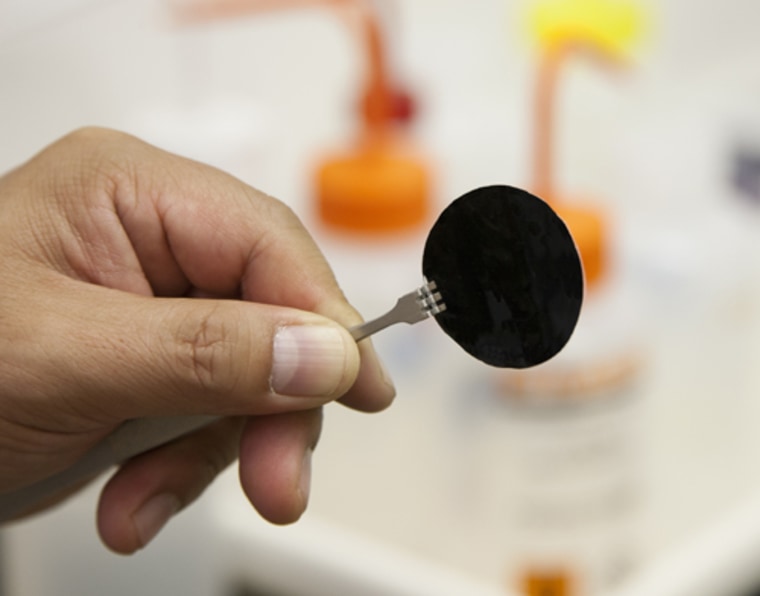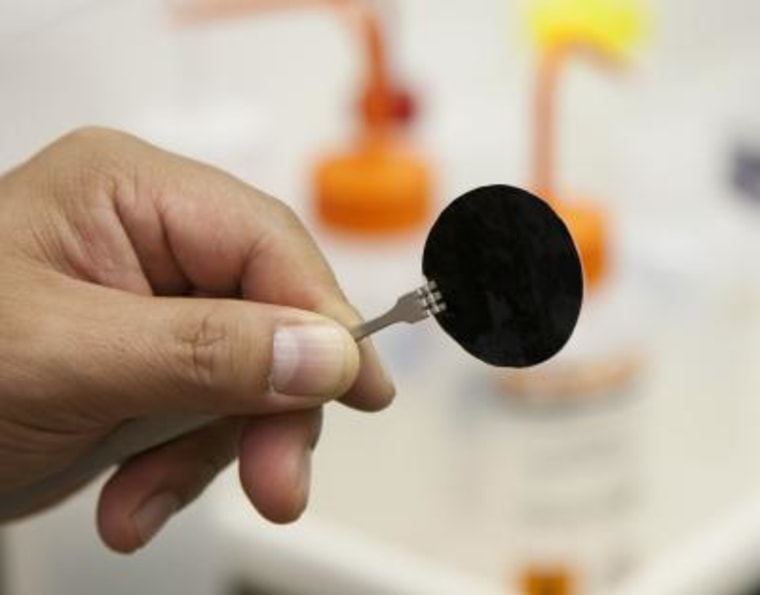Advances in nanotech have allowed research into materials that actively detect and shut out harmful molecules, or even shed layers like real skin. It could be a lifesaver for soldiers and emergency workers.
A soldier in the field has lots of protection: A helmet, flak jacket, armored panels and so on. But when it comes to chemical and biological warfare, that equipment is virtually useless. Gases and bacteria can penetrate or simply cling to soldier's garments and gear, wreaking havoc later despite being highly diffuse.
The risk can't be mitigated entirely, but polymer scientists at the University of Massachusetts at Amherst and Lawrence Livermore National Laboratory are working on a "second skin" made of smart materials that would be a far more effective and sophisticated defense than we have now.

They call the fabric they're working on a "hybrid functional material," and it's made of a combination of carbon nanotubes and specially designed nanoparticles. It's designed not just to block out unwanted agents, like poisonous gas molecules and spores, but to be normally breathable as well in less dangerous situations.
At a molecular level, the nanotubes are aligned vertically and arranged to form pores just a few nanometers wide. While ordinary air can pass through these tiny "nanopores," larger molecules and organisms like viruses simply don't fit.
There are smaller threats, however: Nerve agents and mustard gas would go right through even such tiny gaps. The nanomaterial membrane would be coated with "responsive functional groups," special molecules designed to respond to the presence of such deadly toxins. Activated molecules would trigger the nanopores to shut completely.
Lastly, in the case of agents that tend to stick around instead of diffusing, such as anthrax, the material will be designed to slough them off, mimicking human skin. That way a garment exposed to infection wouldn't bring it back to, or out of, a hospital or base.
The leader of the research team is LLNL's Franceso Fornasiero, who is working closely with UMA's Kenneth Carter and James Watkins and others. They've just received a $1.8 million five-year grant to research how to manufacture these nanomaterials in bulk, and they estimate that new nano-uniforms could be in the field within 10 years.
Devin Coldewey is a contributing writer for NBC News Digital. His personal website is coldewey.cc.
